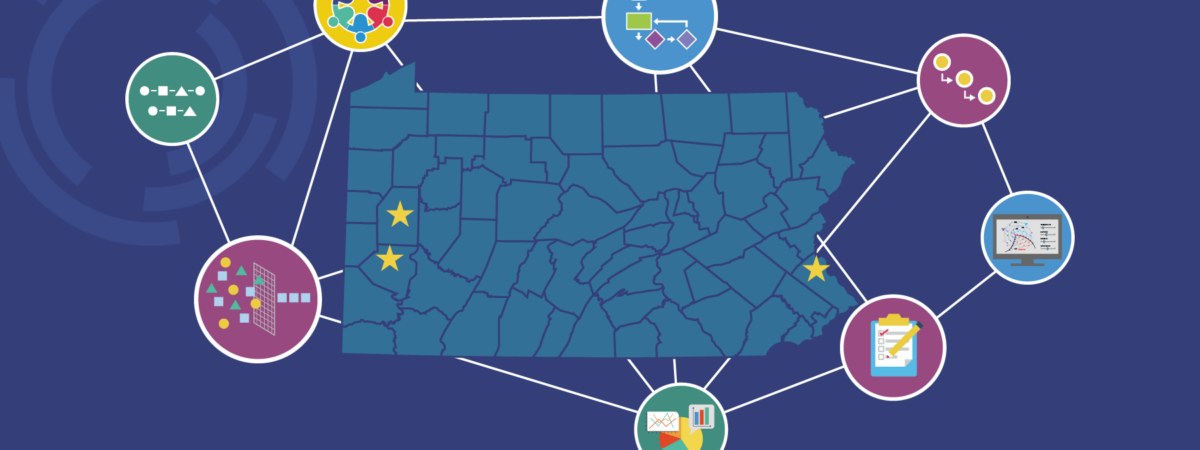
In an exciting development, three school districts are leading the way as part of this inaugural cohort, showcasing their commitment to creating equitable and inclusive computational thinking pathways for their students. These districts will serve as models for others across the country, working collaboratively to build pathways that can be replicated and scaled.
Our elementary students find the new design thinking classes empowering and engaging. Students express their ideas freely in the classroom while experimenting with different solutions. They value the real-world relevance of the projects and the emphasis on problem-solving, which helps them develop essential skills for the future and gives them a sense of accomplishment. Additionally, the design thinking course encourages them to empathize with others and consider different perspectives, fostering a sense of community and social responsibility. The goal behind our design thinking course is to provide students with a versatile toolkit of problem-solving strategies that can be applied across various domains. By fostering logical reasoning, abstraction, algorithmic thinking, and a willingness to iterate and improve, our design thinking course empowers students to tackle complex challenges with confidence and creativity. The course gives them the critical thinking and adaptability skills necessary to thrive in an ever-evolving world.
Dr. Matthew Friedman, Superintendent of Schools
Quakertown Community School District
Computational Thinking (CT) Pathways are systemwide K-12 programs supporting equitable participation in computational thinking. Digital Promise’s efforts began with a series of National Science Foundation projects, followed by a range of state and philanthropic grants. A commitment to Pathways ensures that students, across all grade levels, are exposed to a consistent, cumulative, and competency-based computational thinking education. This is not merely about ensuring students learn to code—it’s about nurturing a problem-solving mindset that will support their academic growth across disciplines. Whether students are analyzing data in science class or tackling algorithms in mathematics, computational thinking fosters critical skills needed in the modern world.
One of the key challenges in launching any educational initiative at scale is securing district buy-in. Each district has its own unique circumstances, priorities, and student populations, so what works in one district might not work in another. The importance of this regional cohort lies in its flexibility. Districts are encouraged to tailor their CT pathways to their specific needs while ensuring that they meet the broader goals of consistency, cumulative learning, and competency development.
As part of the inaugural Computational Thinking (CT) Pathways regional cohort, we are committed to providing our students not only with essential problem-solving skills but also with the opportunity to find hope in their own potential. Computational thinking encourages our students to break down complex challenges, fostering a sense of agency and accomplishment. By engaging in this process, students can see that they are capable of solving real-world problems, which cultivates a belief in their ability to overcome obstacles both in and out of the classroom. In today’s rapidly changing world, offering pathways that build both skills and hope is crucial to empowering students to take charge of their futures and discover their unique potential.
Dr. Brian White, Superintendent of Schools
Butler Community School District
The North Allegheny School District is committed to driving educational excellence through innovative and meaningful learning experiences. Working in partnership with Digital Promise provides North Allegheny with a unique opportunity to construct a computational thinking pathway that fits specifically with our unique academic expectations and challenges. Evaluating our current course offerings for computational thinking opportunities will ensure our students’ classroom experience prepares them for the future of work. We believe that all our students, throughout their North Allegheny experience, should be engaged in computational thinking practices such as decomposition, abstraction, and algorithmic thinking. Our goal is for this process to support our strategic and comprehensive plan while providing opportunities to share our successes and challenges with other districts looking to create their own unique computational thinking pathway.
Dr. Brendan Hyland, Superintendent of Schools
North Allegheny School District
We live in an increasingly technological world where national and state initiatives have made significant strides in advancing computer science and computational thinking education. However, there is now a pressing need for districts to develop inclusive CT pathways for all K-12 students. As these three districts develop these pathways, they will be better equipped to offer high-quality CT education to every student. The collaboration fostered through this cohort will lead to scalable solutions that address the persistent gaps in computing education.
Want to learn how to get started on your district’s CT pathway?
Sign up for our newsletter and follow Digital Promise on Twitter, Instagram, Facebook, and LinkedIn to stay updated on computational thinking.